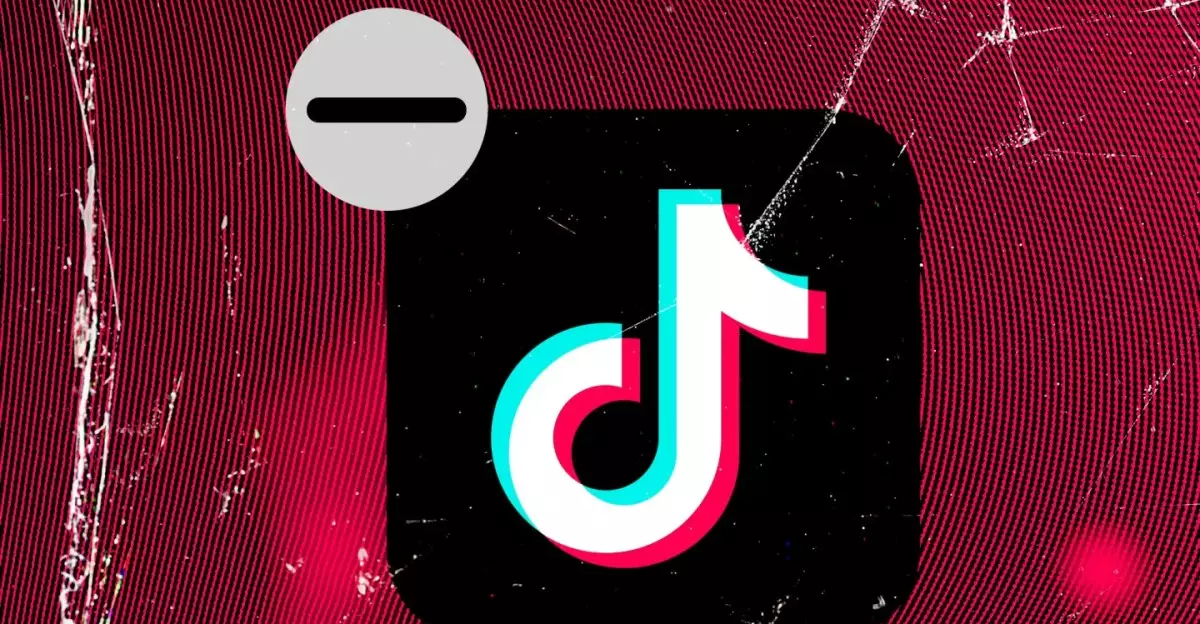In a significant turn of events, TikTok has made its way back onto the digital shelves of Apple’s App Store and Google Play Store, almost a month after it faced a ban in the United States. The reinstatement is a noteworthy moment in the ever-evolving dynamics between technology, government regulations, and user engagement. Initially pulled from these platforms due to concerns over its ownership by ByteDance, a Chinese company, TikTok’s brief absence highlights the precarious balance that must be struck in today’s digital ecosystem. With the lifting of the ban, it becomes imperative to understand the implications such decisions hold for both the apps involved and the tech companies that host them.
The timing of TikTok’s return is equally telling of the interplay between the tech industry and political maneuvering. The US Attorney General, Pam Bondi, issued a letter to Apple, providing assurances that hosting the popular social media app would not result in financial penalties. This assurance appears to be the catalyst that enabled both Apple and Google to reinstate TikTok, showcasing how legal pressures can directly shape tech companies’ actions. In a backdrop of political negotiation and potential acquisitions, President Trump has engaged Vice President JD Vance to oversee discussions related to a possible sale of TikTok’s US operations. This move underlines the ongoing sentiment among governmental bodies that foreign ownership of American data is a security risk.
For users, TikTok’s renewed availability means the continuation of a platform that has captivated millions with its unique blend of entertainment and expression. Its user-generated content offers a space for creativity and communication among diverse demographics, which only underscores its significance in the tech landscape. For developers and content creators, the reinstated platform opens opportunities for monetization, engagement, and audience growth—a critical aspect in the increasingly competitive social media arena.
However, the rapid back-and-forth nature of TikTok’s status also serves as a cautionary tale. Developers must now navigate a landscape fraught with uncertainty and potential regulatory hurdles that can affect not only their applications but also the very principles of freedom of expression and innovation upon which they rely. This situation beckons the question: how sustainable is TikTok’s influence in the face of ongoing political scrutiny?
Ultimately, TikTok’s reinstatement illustrates a moment of strategic recalibration within a broader context of changing regulations and international relations. The incident sheds light on the overarching influence that political decisions wield over technology companies that operate in an increasingly interconnected world. As the digital space continues to morph with rapid advancement, both users and developers must remain cognizant of the implications stemming from these decisions. The path ahead will call for more rigorous dialogue and perhaps a re-evaluation of how such applications can exist under scrutiny without being subject to abrupt interruptions. The relationship between government, technology, and the user experience is complex and will inevitably evolve in response to these latest developments.

